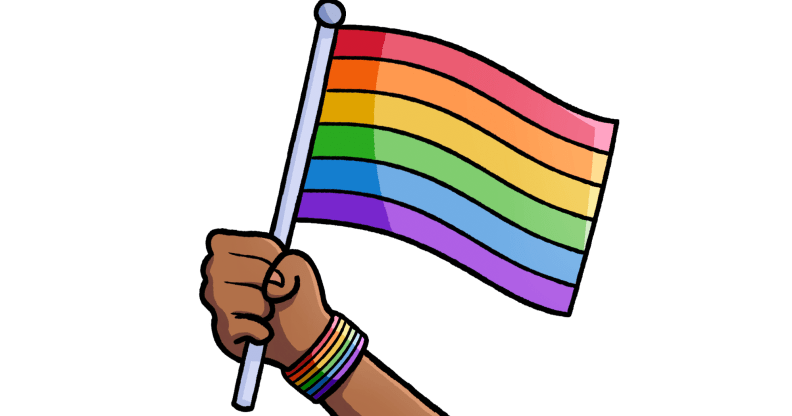Bisexuality “not a phase” conclude researchers

Bisexuality in women is a distinct orientation and not just a “phase”, according to a study carried out at the University of Utah.
Lisa Diamond, an associate professor of psychology and gender studies, led the research which followed 79 women who identified themselves as lesbian, bisexual or unlabelled for a decade.
She concluded that bisexual women continued to be attracted to both sexes over time.
According to the study, “these findings are more consistent with the model of bisexuality as a stable identity than a transitional stage.”
“If it was a phase, it should have burnt out,” said Ms Diamond.
“They might have a change in identity and relationships, but that pattern of non-exclusive desire is still there, even among those who have married.
“It debunks the notion of it being a phase.”
Ms Diamond interviewed the women, aged between 18 and 25, in New York in 1995.
She then made regular telephone calls to them every two years.
The study also revealed that bisexual women were more likely than lesbians to change between identifying themselves as bisexual and unlabelled, rather than to describe themselves as lesbian or heterosexual.
Ms Diamond’s investigation also discredits the stereotype that bisexual women are unable to commit to monogamous relationships because they are constantly thinking about the other gender.
Critics of the research point out that the women interviewed were predominantly white and middle-class.
Sociologist Paula Rust, however, who has herself conducted quantitative research on bisexuality, emphasised the importance of Ms Diamond’s qualitative work.
“What she’s doing is an in-depth study of people’s lives,” she told USA Today.
Ms Rust also highlighted the importance of carrying out new research that focused on young women today, who she claimed were more open to experimenting with their sexual identity.
She said: “I think young women are feeling a little bit freer.
“If they have anything other than purely heterosexual feelings, they are more free to think about it and question their identity.”
As for heterosexual women, although they may “experiment with same-sex desires and behaviours,” says Ms Diamond.
“If they really are predominantly heterosexual, they may enjoy experimentation but may not change their sexuality.”

